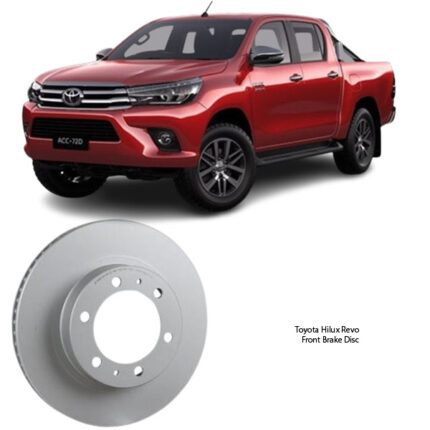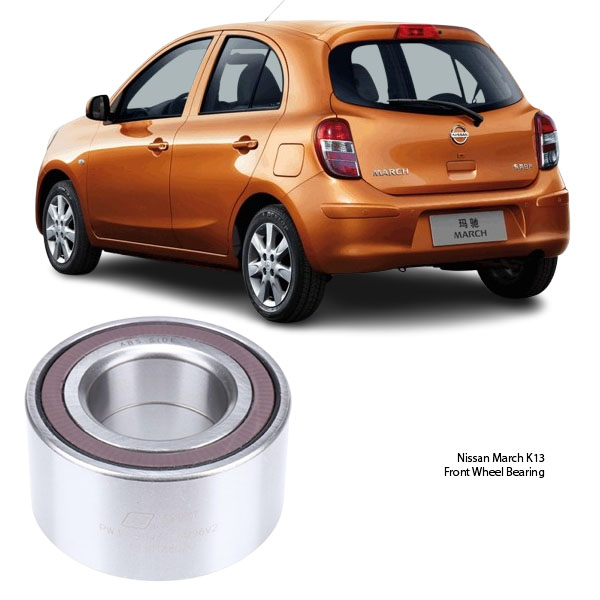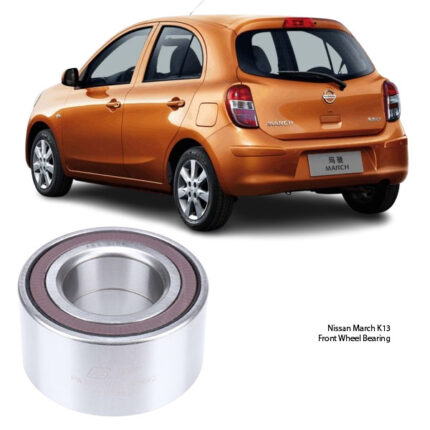-14%
Get Nissan March K13 Front Wheel Bearing PW37720437CSM96 in Kenya
The front wheel bearing is a crucial component of a vehicle’s suspension and drivetrain system. It enables the wheels to rotate smoothly with minimal friction while supporting the weight of the vehicle. Despite its small size, a wheel bearing plays a vital role in ensuring a smooth, stable, and safe driving experience.
In this detailed guide, we will explore the functions, types, benefits, signs of failure, maintenance tips, and replacement considerations for front wheel bearings.
1. Understanding the Front Wheel Bearing
What is a Front Wheel Bearing?
A front wheel bearing is a set of steel balls or tapered rollers encased within a metal ring (race). It is located inside the wheel hub and allows the wheel to rotate smoothly around the axle with minimal friction. The bearing is lubricated with grease and sealed to prevent dirt, debris, and moisture from entering.
Location in the Vehicle
The front wheel bearing is housed inside the wheel hub assembly, which connects the wheel to the axle. It is positioned between the wheel and the steering knuckle, playing a key role in the vehicle’s movement and handling.
Material Composition
Most wheel bearings are made of hardened steel to withstand high loads, rotational forces, and temperature variations. Some modern bearings also feature ceramic components for improved durability and performance.
2. Functions of the Front Wheel Bearing
A. Reducing Friction
One of the primary roles of the wheel bearing is to minimize friction between the wheel and the axle, allowing smooth rotation with minimal resistance.
B. Supporting Vehicle Load
The front wheel bearings bear the entire weight of the vehicle while ensuring that the wheels rotate freely. They must be strong enough to handle the forces generated by acceleration, braking, and cornering.
C. Enhancing Stability and Handling
A properly functioning front wheel bearing contributes to stable steering and handling. It helps maintain proper wheel alignment and prevents excessive vibrations or wobbling.
D. Ensuring Efficient Power Transfer
In vehicles with front-wheel drive (FWD) or all-wheel drive (AWD), the front wheel bearings assist in transmitting power from the engine to the wheels efficiently.
E. Reducing Wear on Other Components
A well-maintained wheel bearing prevents excessive stress on the CV joints, steering system, suspension, and tires, extending their lifespan.
3. Types of Front Wheel Bearings
A. Ball Bearings
- Most common type found in modern vehicles.
- Uses steel balls housed in a race to allow smooth movement.
- Suitable for high-speed applications due to reduced friction.
B. Tapered Roller Bearings
- Found in larger vehicles such as trucks and SUVs.
- Designed to handle both radial (vertical) and axial (side) loads effectively.
- More durable than ball bearings but requires precise installation and maintenance.
C. Roller Bearings
- Cylindrical rollers instead of steel balls.
- Can handle heavier loads than ball bearings but generates slightly more friction.
D. Sealed vs. Serviceable Bearings
- Sealed bearings: Pre-lubricated and sealed to prevent contamination; require replacement when worn out.
- Serviceable bearings: Can be cleaned, re-greased, and reused, but require regular maintenance.
4. Benefits of a Properly Functioning Front Wheel Bearing
A. Smooth and Quiet Ride
A good wheel bearing reduces friction and vibrations, ensuring a smooth and noise-free driving experience.
B. Improved Fuel Efficiency
With less friction, the engine doesn’t have to work as hard, leading to better fuel economy.
C. Enhanced Steering Response
A well-maintained front wheel bearing helps maintain proper steering control, ensuring precise and responsive handling.
D. Increased Tire Life
Properly functioning bearings ensure even tire wear, extending the lifespan of the tires.
E. Safety and Stability
A damaged wheel bearing can cause the wheel to wobble or detach, posing a serious safety risk. Maintaining it ensures a stable and safe ride.
5. Signs of a Worn or Failing Front Wheel Bearing
Over time, wheel bearings wear out due to exposure to friction, heat, moisture, and road debris. Here are common signs of a failing front wheel bearing:
A. Unusual Noises
- Grinding or humming noise that gets louder with speed.
- Clicking or rumbling sounds, especially when turning.
B. Wheel Wobbling or Looseness
- If the wheel feels loose or wobbly when jacked up, it could indicate worn-out bearings.
C. Vibrations in the Steering Wheel
- A faulty bearing can cause vibrations, especially at high speeds or when cornering.
D. Uneven Tire Wear
- A worn bearing can lead to misalignment, causing uneven tire tread wear.
E. ABS Malfunction
- In vehicles with anti-lock braking systems (ABS), a failing bearing can interfere with the ABS sensor, leading to warning lights on the dashboard.
F. Excessive Heat
- If the hub or wheel feels hot after driving, it could be due to increased friction from a failing bearing.
6. Maintenance and Replacement Tips
A. Regular Inspection
- Check the bearings every 30,000 to 50,000 km for wear or damage.
- During tire rotations or brake servicing, inspect for loose play or noise.
B. Avoid Driving Through Deep Water or Mud
- Water and debris can penetrate the bearing seal, leading to contamination and premature failure.
C. Proper Lubrication
- For serviceable bearings, clean and repack with high-temperature wheel bearing grease every 50,000 km.
- Avoid overpacking as excess grease can cause overheating.
D. Timely Replacement
- If the bearing makes noise, vibrates, or shows signs of wear, replace it immediately to avoid further damage.
E. Use Quality Replacement Bearings
- Always opt for OEM or high-quality aftermarket bearings from brands like SKF, Timken, or NSK.
- Ensure proper torque settings during installation to avoid premature wear.
F. Replace Both Bearings on the Same Axle
- If one front wheel bearing fails, the other is likely worn out too. Replacing both ensures balanced performance.
7. Front Wheel Bearing Replacement Process
If you suspect a failing bearing, follow these steps for replacement (or consult a professional mechanic):
Step 1: Lift the Vehicle
- Secure the car on jack stands and remove the front wheel.
Step 2: Remove the Brake Components
- Detach the brake caliper and rotor to access the wheel hub assembly.
Step 3: Remove the Wheel Hub and Bearing Assembly
- Unbolt the wheel hub and carefully remove the bearing.
Step 4: Install the New Bearing
- Press in the new bearing and torque bolts to manufacturer specifications.
Step 5: Reassemble and Test Drive
- Reinstall the brake components and wheel, then test for any unusual noises or vibrations.
8. Conclusion
The front wheel bearing is an essential component for smooth driving, handling, and safety. Regular inspection and timely replacement can prevent expensive repairs and accidents. By understanding its functions, benefits, and maintenance, you can ensure a long-lasting and trouble-free driving experience. 🚗💨
Follow us on Facebook for more parts.




